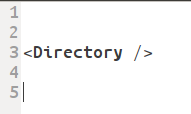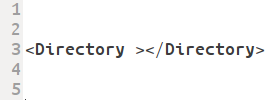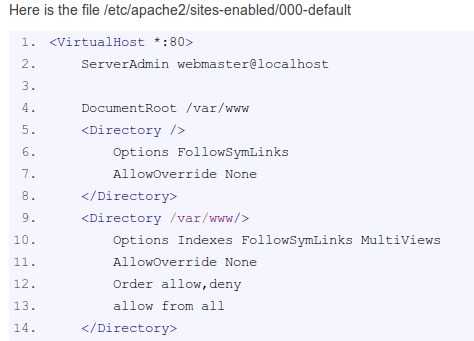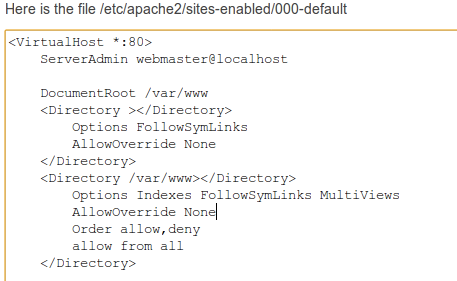It's a matter of time and patience, start little (20 minutes) and slow and increase five minutes per week, in few months you can run for an hour easily :)
cereal 1,524 Nearly a Senior Poster Featured Poster
LastMitch commented: Thanks for explanation! +5
Dani commented: Thanks for the catch +0
cereal 1,524 Nearly a Senior Poster Featured Poster
Djmann1013 commented: Thanks! It really helped! +2






